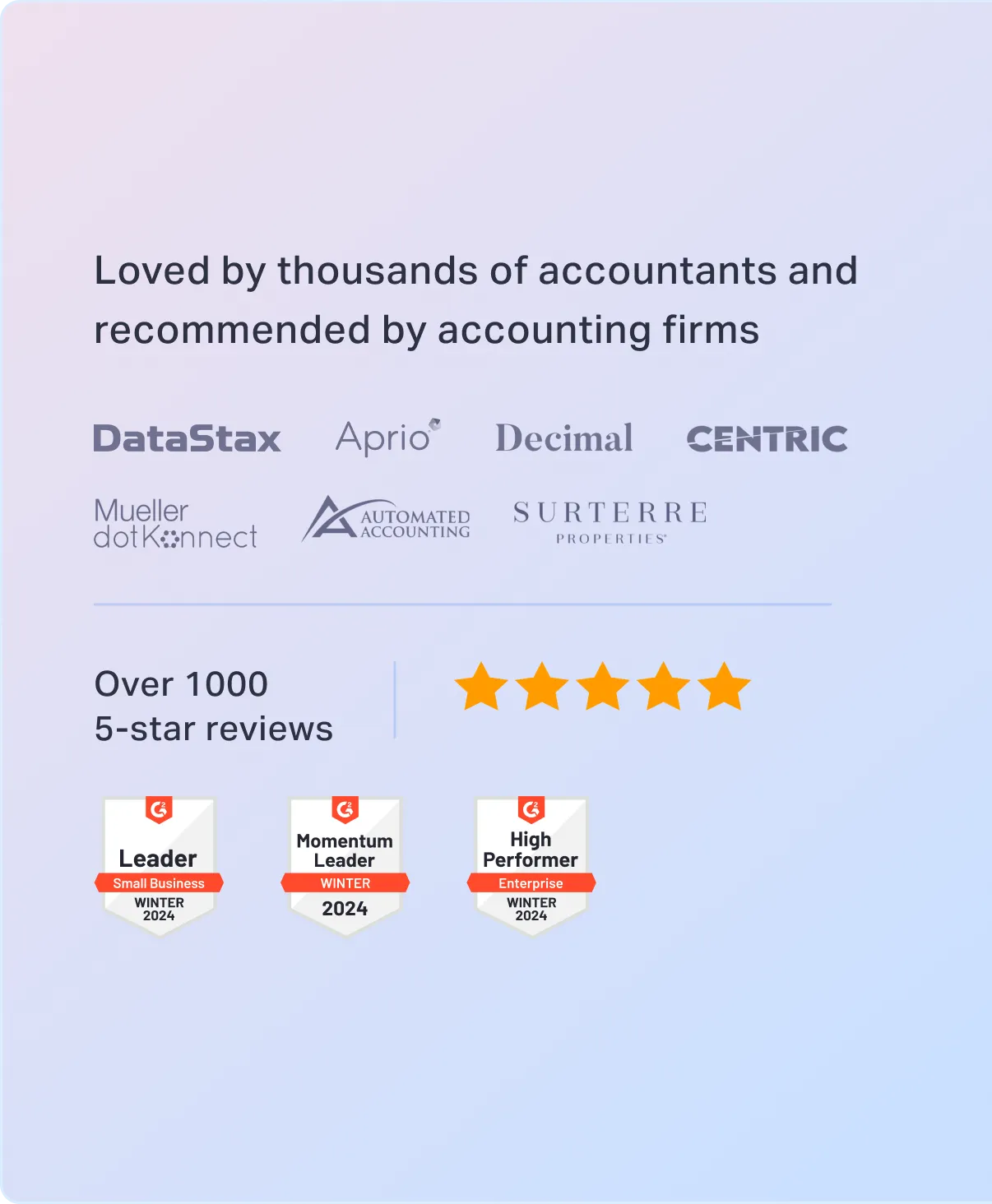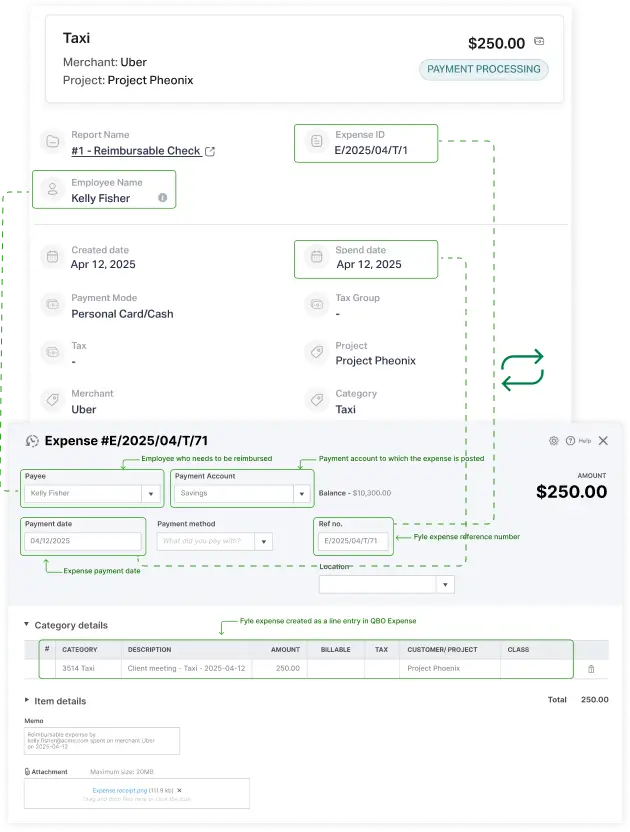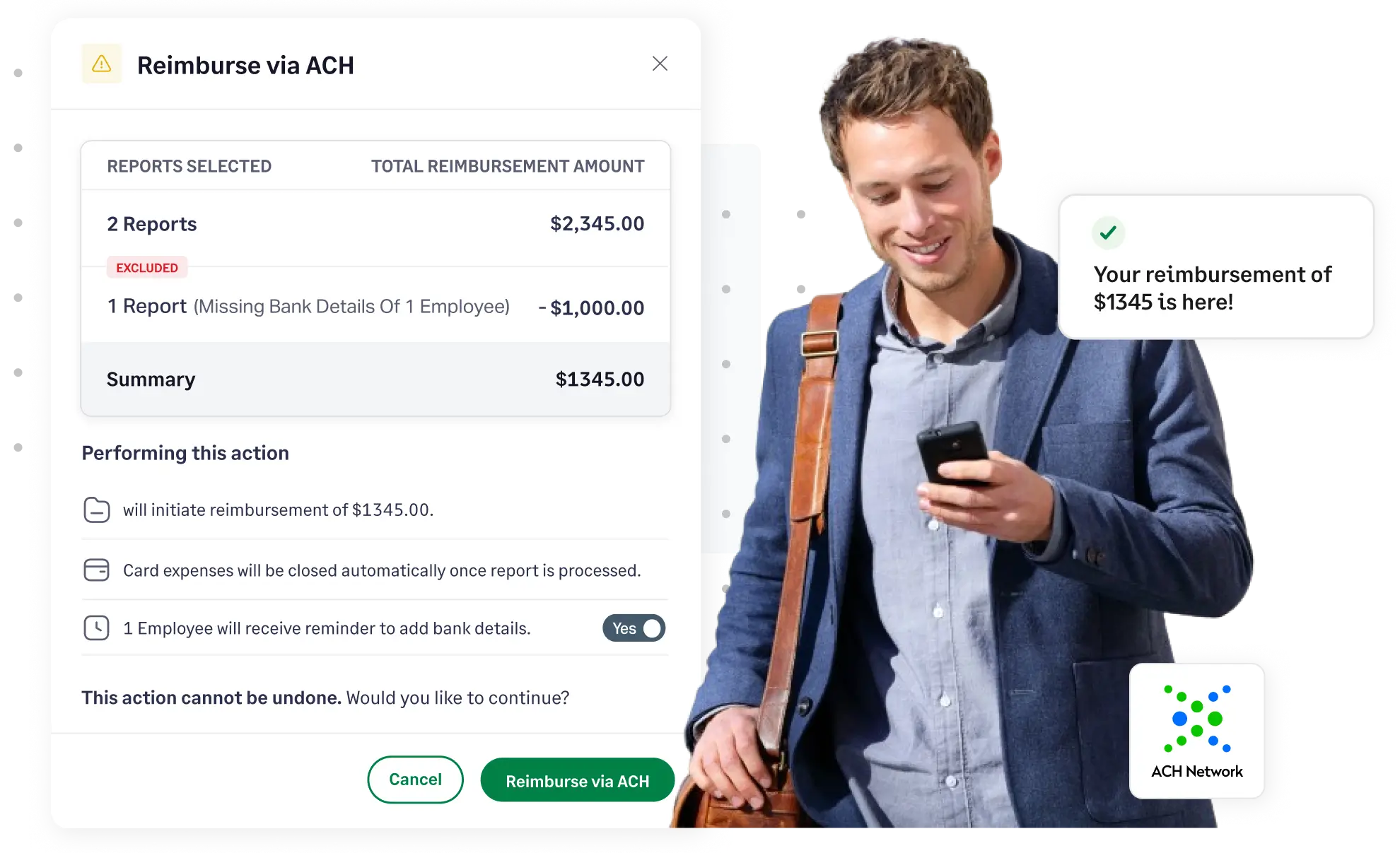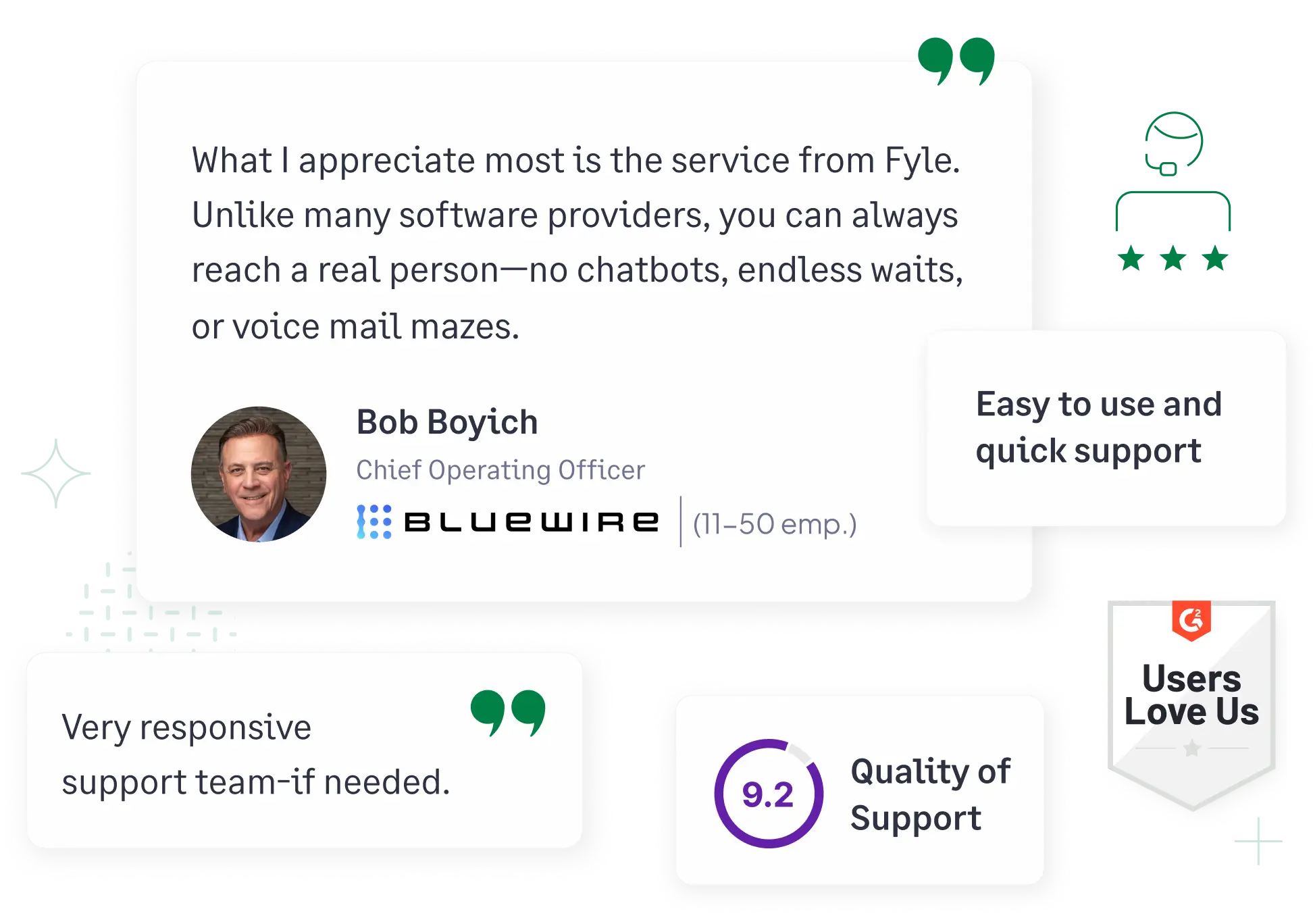
Sorry, something went wrong. Can you please try again? Or please send us a note at sales@fylehq.com, and we’ll get you started.
Automate expense receipt tracking, and credit card reconciliations with the best expense tracking software.
* Sage Expense Management (formerly Fyle) integrates directly with your existing business credit cards 1775+ reviews
1775+ reviews










With Sage Expense Management, submit expense receipts and additional details like projects, cost centers and memos--all via text. Sage Expense Management's AI will automatically create, code, and submit the expense.

Our platform notifies you by text every time your business credit card is swiped. Employees can reply with a receipt photo for instant expense reconciliation. Or, simply text the receipt, and we will automatically reconcile it when the card data flows in.
See how we automate credit card reconciliations Sage Expense Management automatically categorizes and codes your expenses. Two-way accounting and ERP software sync eliminates manual accounting tasks.
eliminates manual accounting tasks.



As soon as your employee reimbursements are settled, Sage Expense Management will automatically sync them to your accounting software. Connect directly with NetSuite, QuickBooks, Sage Intacct, Xero and Sage CRE.
Explore our integrations

Track and reimburse mileage and out-of-pocket expenses with Sage Expense Management using ACH payments (US only). We automatically sync payment data with your accounting software.
See how ACH makes reimbursements faster See how ACH makes reimbursementsOur policy engine lets you set complex rules for categories, employees, projects, and more. The AI auto-detects fraud before submissions, saving you time and money.
See how we automate complianceAsk Sage Expense Management Copilot for real-time insights into card and out-of-pocket expenses. Get a quick breakdown by category, project, department and more.
See how Sage Expense Management Copilot helps businessesGet started fast with our easy setup & 24/7 support, with a dedicated account manager*, and an industry leading first response time of < 30 min!
See why customers love Sage Expense Management
Step 1: Open a separate business bank account
Step 2: Choose a user-friendly accounting system
Step 3: Connect your financial accounts for automation
Step 4: Implement a digital receipt management system
Step 5: Leverage expense tracking apps for efficiency
Here are steps to implement effective expense tracking in your organization:
Step 1: Define clear expense policies
Step 2: Choose the right tools
Step 3: Implement a user-friendly system
Step 4: Automate where possible
Step 5: Educate and train employees
Step 6: Enforce policies consistently
Step 7: Review and analyze data